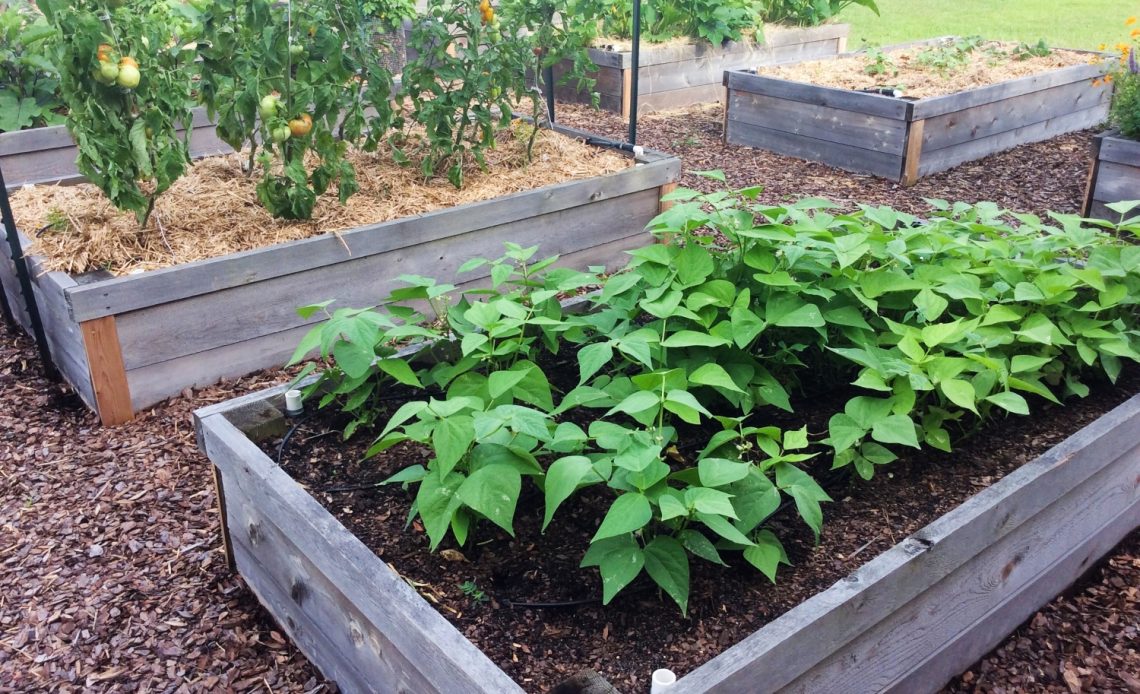

We’re here to help! Wild Yards is a completely free website that is 100% dedicated to helping you create a wildlife-friendly, sustainable yard. Read more
WildYards is reader-supported. When you buy a product through a link on our site, we may earn a comission. Every product is independently selected by our (obsessive) editors and our reviews are unbiased and objective. Read more about our mission or our privacy policy.
Your vegetable garden can only be as good as the soil the plants are growing in. If you’re new to gardening, you may think that prepackaged potting soil is the best choice for filling your new raised beds. But these mixes are lacking in minerals that fruits and veggies need to thrive. So, if potting soil is off the table, what is the best soil for raised beds?
The best soil for raised garden beds is one that contains around 50% topsoil and 50% compost. Good topsoil promotes drainage and aeration, while nutritious compost provides your plants with more of the nutrients they need to thrive.
Why should you use a soil mix for your raised beds?
Why fill your raised garden beds with a special soil mixture? Why not just top them off with potting soil or native soil and call that good enough?
Potting soil may be okay for starting seedlings, but it just doesn’t have enough nutrients to support growing plants.
We’ve had very limited success growing veggies in potting soil alone. Often, young plants turn yellow and wilt as they transition from the vegetative stage to the flowering stage. Some plants fail to flower altogether because they just aren’t getting the nutrients they need to develop.
Potting soils also tend to be a bit too loose for mature plants. Top-heavy plants, like zucchini that have been trained to grow up a trellis, can topple over because potting soil doesn’t have enough structure for the plants to anchor their roots into.
Overall, potting soil doesn’t have what it takes to support a healthy vegetable garden. Now, let’s talk about native soil. Depending on the quality of your native soil, it may be a better or worse choice than potting soil.
Nutrient-poor native soils that are sandy or clay-based, especially if they’re overly acidic or overly alkaline, are a terrible option for your garden.
Sandy native soils may have good aeration, but they don’t retain enough moisture. Clay-based native soils tend to compact, preventing oxygen and water from penetrating the surface. Meanwhile, a poor pH level can lead to nutritional deficiencies in your plants.
On the other hand, nutrient-rich native soils that are loamy and have a neutral pH can be a great choice for your raised beds. They have a nice structure, decent drainage, and a good nutritional profile. But when used alone, they often aren’t sufficient to keep plants fed.
To keep your plants healthy, you need to fill your garden beds with a soil mix that has a neutral pH and offers plants plenty of the nutrients they need to thrive. The soil mix should also have good moisture retention and draining properties. Lastly, the soil mix should offer your plants structure so they can easily take root and anchor themselves so they won’t fall over.
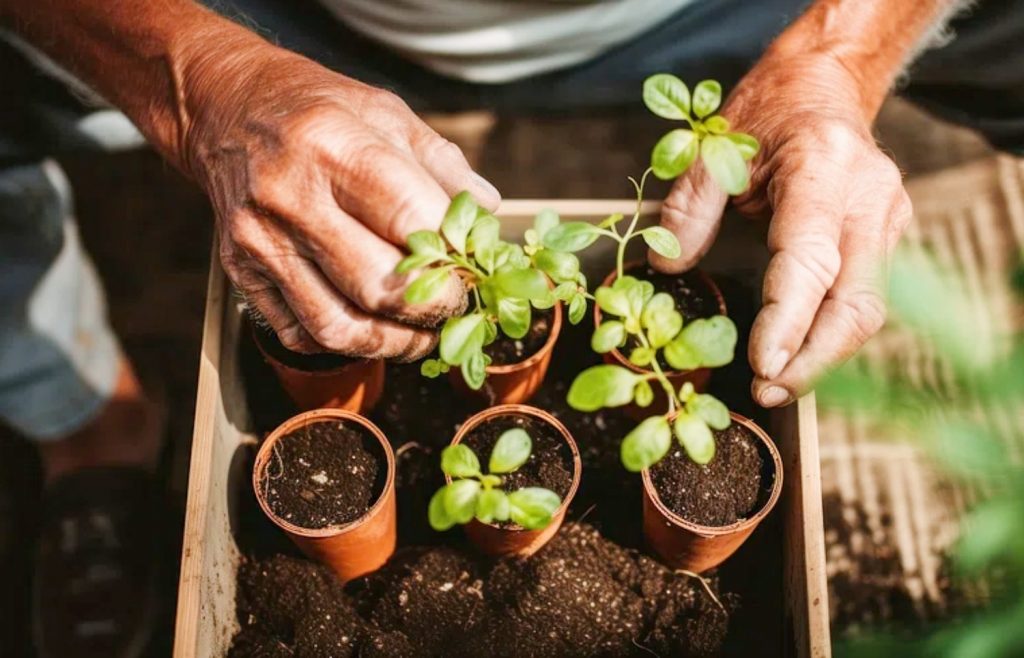
Why isn’t topsoil alone enough to support healthy crops?
If you’ve tested your native soil and found that it’s in the sweet spot that plants thrive in — with good structure, an ideal pH level, and a decent nutritional makeup — then feel free to use it in your raised garden beds. But remember to amend it first!
High-quality topsoil is a relatively decent source of decaying matter, like leaf litter and rotting roots. It also contains highly beneficial microorganisms that support plant immunity and help break down nutrients so they’re easier for plants to absorb.
But once you’re plants use up the nutrients in the topsoil, that’s it. There’s nothing else for them to pull from. If you plant your crops in topsoil alone, eventually, their growth will stall, and they may fail to flower or fruit.
You may be able to grow a successful garden in topsoil one season, maybe even two or three in a row. But, sooner or later, the topsoil is going to become depleted of nutrients. You’ll know you’ve exhausted your topsoil of nutrients when your plants stop growing, turn yellow, and fail to flower and fruit.
To be sure, high-quality topsoil is a much better choice than potting soil for filling garden beds. But there’s still room for improvement. You can further enhance the quality of your topsoil by mixing it with organic soil amendments, like compost.
Adding compost to the mix puts more nutrients into the topsoil. The extra decaying matter supports healthy bacteria even more, so these tiny organisms can continue breaking the materials down for your plants to feed on for weeks to come.
Together, quality topsoil and compost provide your garden with the best soil mixture. You may still need to apply a fertilizer to spot-feed certain plants throughout the season. But overall, this combination of materials is a fantastic choice for backyard gardeners.
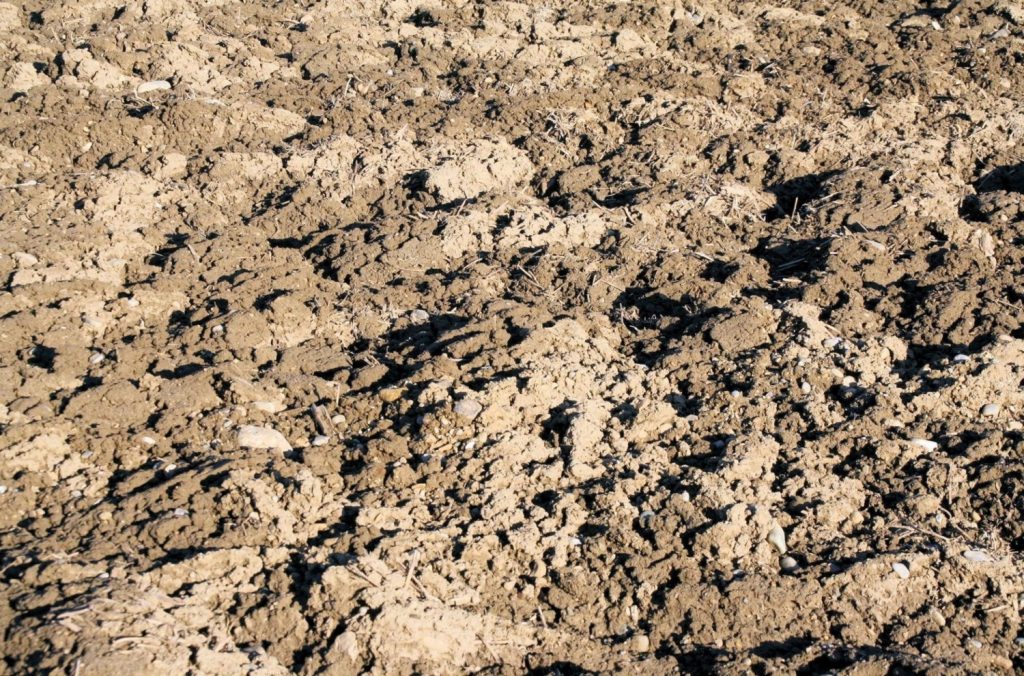
What’s the best soil for raised beds?
When it comes to filling raised beds, topsoil and compost are all you really need. If you’ve got these materials on hand, then it all comes down to ratios. The good news is that filling your new garden beds doesn’t have to be complicated. In fact, the process is actually pretty easy!
A mixture of 1 part topsoil and 1 part compost is sufficient for most raised vegetable gardens.
Using equal parts topsoil and compost provides an ideal substrate for the plants in your garden. Both of these materials work together to feed and support your plants. Let’s take a closer look at how exactly these two “ingredients” benefit your garden.
Topsoil
Whether you purchase it by the yard or by the bag, be sure to choose topsoil that is loose, loamy, and free of debris.
You don’t necessarily want the topsoil to be sandy. But it should break apart easily in your hands if you pinch it with your fingers. The topsoil should be loose enough for plants to root into easily and to drain well. Avoid clay-based topsoils that have lots of dirt clods.
Even though your topsoil should be loose, it should also be structured enough to retain moisture. Use a bottle of water to moisten a handful of the topsoil, and see what it does. If the soil washes away completely, then it’s too loose. If the water doesn’t even penetrate the topsoil, then it’s too compact.
What you want is for the topsoil to take on a peanut butter consistency when mixed with water. It shouldn’t become so wet that it sticks to your hands and is impossible to get off. But you should be able to roll it into a ball, and that ball should retain some of its shape when you set it down. This indicates the topsoil has adequate moisture-retaining properties, yet also drains well.
The perfect topsoil for your raised bed mix would be loam to sandy loam. The pH should be between 6.0 and 7.0, but if it’s off by a few points, don’t worry. You can alter the soil pH with your compost portion later on to meet the needs of your crops.
Overall, your topsoil makes up the backbone of the soil mix, providing the substrate with structure. If you can’t find a decent topsoil where you live, then look for bagged garden soil, instead.
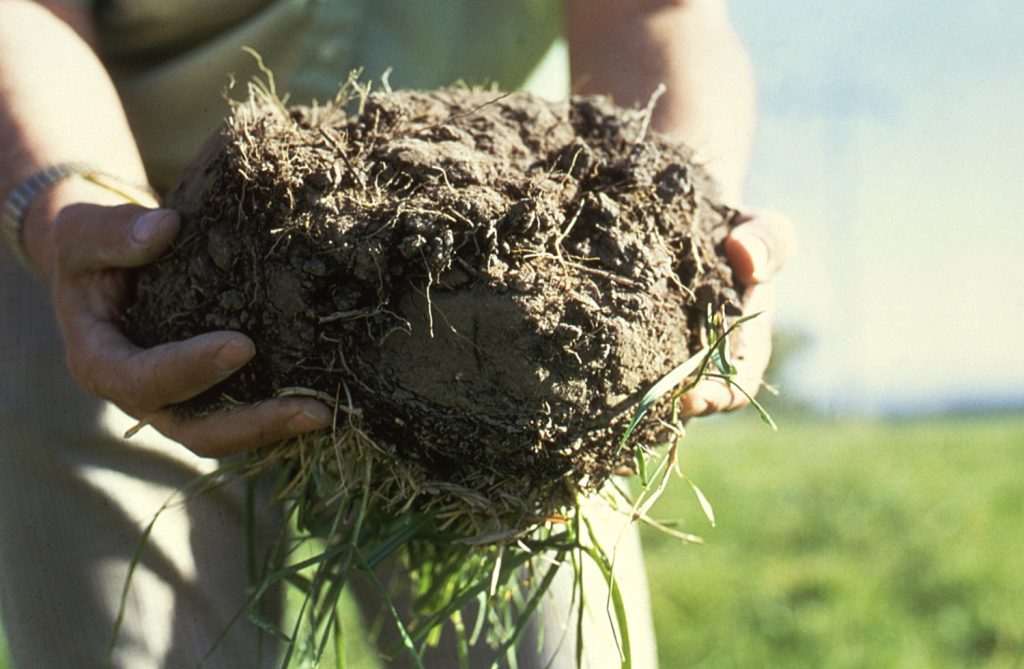
Compost
Compost is a mixture of decaying organic materials, a 1 to 1 combination of green matter and brown matter. Green matter includes fresh materials like lawn clippings, table scraps, and green leaves. Brown matter includes things like eggshells, cardboard, and shredded paper.
Compost can include all sorts of materials. You can find composted manure, mushroom compost, and compost made from leaf litter on forest floors. Which compost you choose doesn’t really matter, just make sure it’s relatively fresh.
Get the best quality compost you can, but you don’t have to break the bank, here. Go for whichever option is the most affordable. You can even use a mixture of different composts if you need to.
We’ve had great success stretching our compost out with a bit of manure. Cow manure and horse manure are easy enough to track down in most parts of the country. And most ranchers and stable owners will let you have manure for free, as long as you bring your own shovel!
Whether you use storebought or homemade, a mixture of composts or all one kind, the compost portion of your soil mix should feel light, fluffy, and spongy so it adds more structure to your raised bed soil mix.
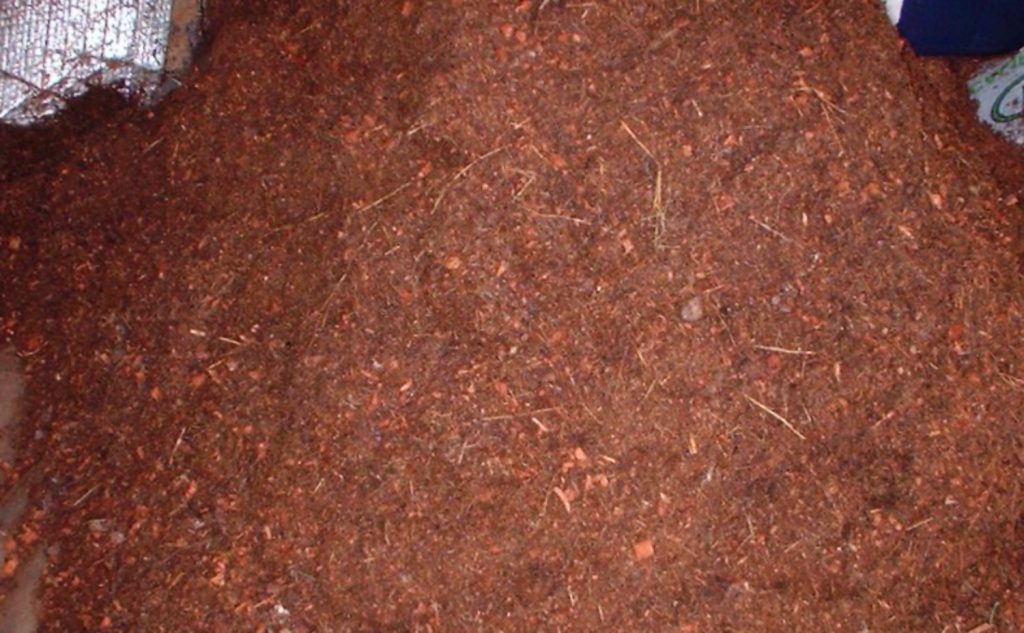
What are the best materials to add to your soil mix?
The best soil mix for raised beds should be an equal blend of topsoil and compost. But you can also add a variety of other organic materials to make sure your plants have plenty of vitamins and minerals.
Adding doses of nitrogen-rich fertilizers like feather meal, phosphorus-rich fertilizers like rock phosphate, and potassium-rich fertilizers like wood ash can enhance your soil mix’s nutritional profile.
Mixing a handful of different organic fertilizers into your soil blend helps ward off nutritional deficiencies and the problems they can cause, like poor crop production.
Here are a few of our favorite organic fertilizers to add to our raised bed soil mix recipe.
Kelp meal
A deep green powder made from dehydrated and pulverized seaweed, kelp meal is one of our go-to organic fertilizers for vegetable gardens.
Kelp meal is a decent source of nitrogen, phosphorus, and potassium, with an NPK ratio of 1-0.1-2. But it’s also a great source of trace minerals, including iodine, calcium, manganese, and iron.
Even though plants need nitrogen, phosphorus, and potassium in much higher amounts than other elements, plants rely on trace minerals, too. These nutrients enable plants to absorb other nutrients, and they play an important role in a variety of metabolic processes, from respiration to energy production and transfer.
Kelp meal is a good source of a broad spectrum of nutrients. It also has a great texture. Even the best soil for raised beds can benefit from some kelp meal.
This organic fertilizer has a light yet coarse texture that’s quite spongy. It’s great if your soil mix needs some help retaining a bit of moisture.
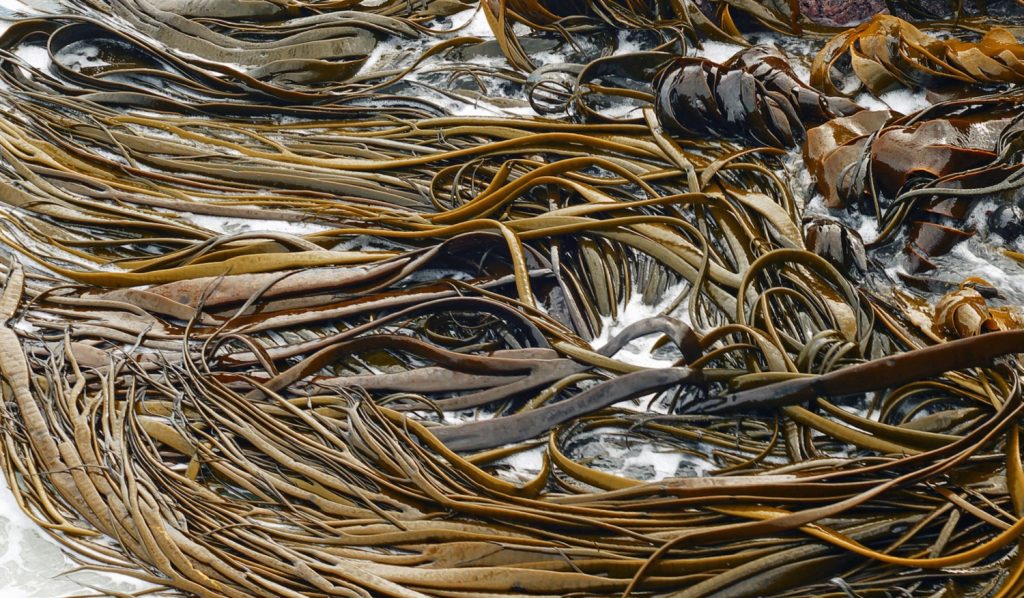
Fish fertilizer
When fish markets are done preparing fish, the scales and bones can be used to make fish fertilizer. Smelly? You bet. But fish fertilizer is a great source of nitrogen, with an NPK ratio of 4-1-1.
Fish meal fertilizer is great for conditioning the soil. Its mealy texture helps keep the soil loose and airy. Plus, fish meal fertilizers are relatively slow-release, so they can keep your plants fed for weeks.
One of the biggest advantages of adding fish fertilizer to your raised bed soil mix is that it helps support beneficial bacteria. The microorganisms in the soil feed on the decaying fish tissues (yuck!), breaking them down into their base elements, so it’s easy for your plants to absorb.
For best results, we recommend adding fish meal to your raised bed soil mix and using fish emulsion to feed your plants later on in the season. It certainly won’t hurt to add liquid fish fertilizer to your soil mixture, but the liquid won’t stay in the soil as long as the fish meal.
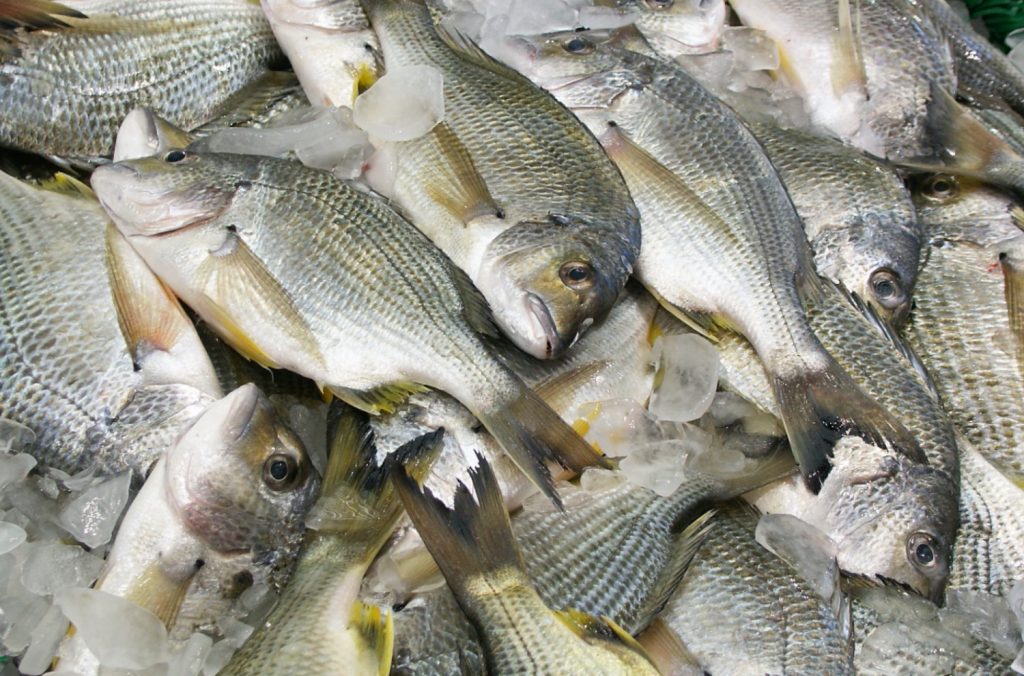
Blood meal
Blood meal is another good source of nitrogen for plants. Nitrogen is a key component of chlorophyll, the green pigment that plants use to harvest sunlight for energy. Without nitrogen, plants turn yellow and stop growing.
Adding blood meal to your soil mix will help keep your plants healthy and green, so they can continue producing new shoots and leaves.
Because nitrogen plays such an important role in foliage production, leafy green veggies tend to benefit from blood meal more than other plants.
If you plan on growing kale, lettuce, swiss chard, or bok choy, be sure to mix some blood meal into your soil recipe.
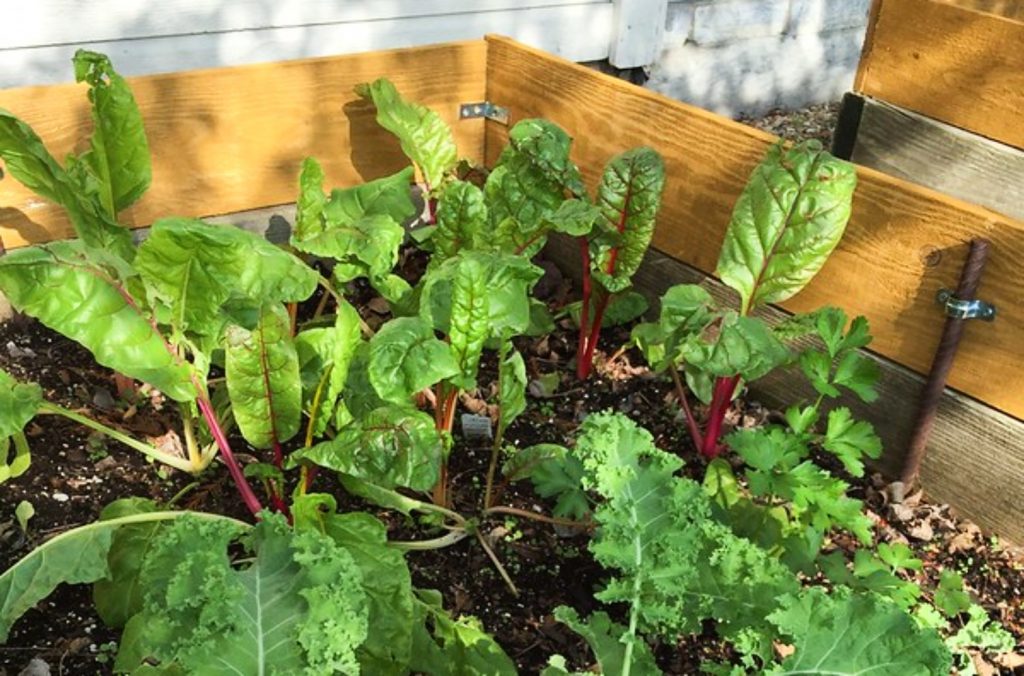
Bone meal
Rich in phosphorus, bone meal helps young plants produce strong root systems, and mature plants produce plenty of flowers and loads of crisp, uniform fruits.
Tomatoes, peppers, eggplants, squash, cucumbers, and all sorts of melons are big phosphorus users.
Because bone meal is such an excellent source of phosphorus, it helps these plants maximize their fruiting potential, so you get plenty of your favorite fruits and veggies to bring to the table.
Be sure to mix some bone meal into your soil blend to help your seedlings get established once you’ve transplanted them out into your garden. Give the plants another dose of bone meal once the first flowers appear, to support healthy fruit production.
Worm castings
Worm castings are a decent source of trace minerals. But the main advantage that worm castings offer your garden is soil structure and microbial activity.
Worm castings help break up the soil, preventing it from becoming too compacted, and making it easier for water and air to reach your plant’s roots.
Plus, earthworms are really good at breaking down organic materials, and these broken-down nutrients don’t just feed your plants, they also feed the beneficial microbes in the soil.
The healthy bacteria in your soil help keep unhealthy bacteria in check. These beneficial microbes also support your plant’s immunity, making it easier for your crops to ward off diseases and insect infestations.
Worm castings shouldn’t be the only thing you add to your soil mix. But, when combined with other organic materials, it can be incredibly beneficial for your garden’s health.
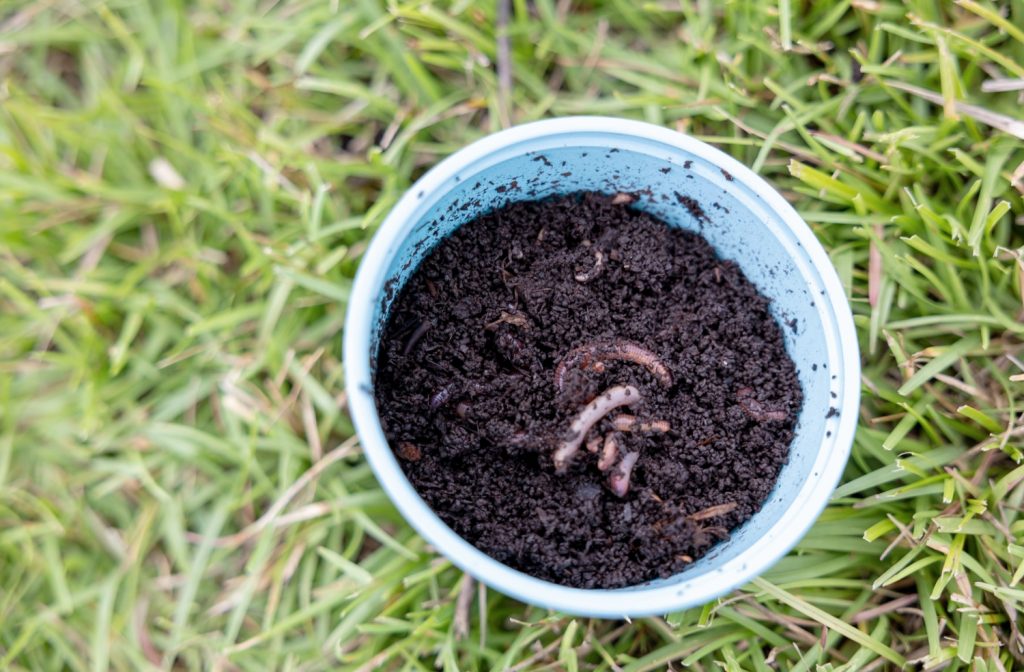
Peat moss
You’ve followed our recipe for the best soil for raised beds, and the resulting mixture looks pretty good. The only problem is, you’ve tested the pH, and it’s a bit too high for your plants.
If you find you need to lower your soil’s pH a few ticks, peat moss is an excellent choice.
Peat moss is acidic in nature and suitable for acid-loving plants like tomatoes and blueberries. It’s also nice and spongy, great for helping slightly sandy soils retain more moisture.
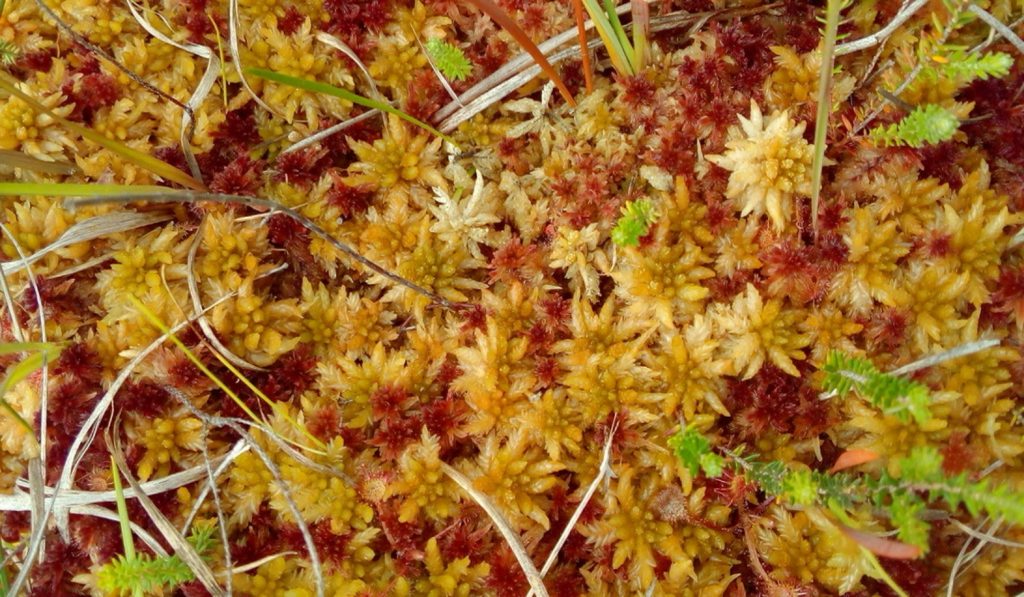
Alfalfa pellets
If you’ve struggled with blossom-end rot in the past, then your soil is low in calcium. An easy way to fix the issue is by mixing some alfalfa pellets into your soil blend.
You can find alfalfa pellets at most feed stores, marketed as roughage for livestock. These pellets are great for amending garden soil because not only are they a good source of nitrogen, but they’re also rich in calcium.
Plants rely on calcium to produce fruits that have tough skins. Without it, a plant’s fruits become susceptible to damage. They may develop holes and rot before you even get a chance to taste them.
Some plants need more calcium than others. Tomatoes, broccoli, peppers, Brussels sprouts, and cauliflower have higher calcium needs. If you plan on growing these plants, consider adding alfalfa pellets to your soil mix.
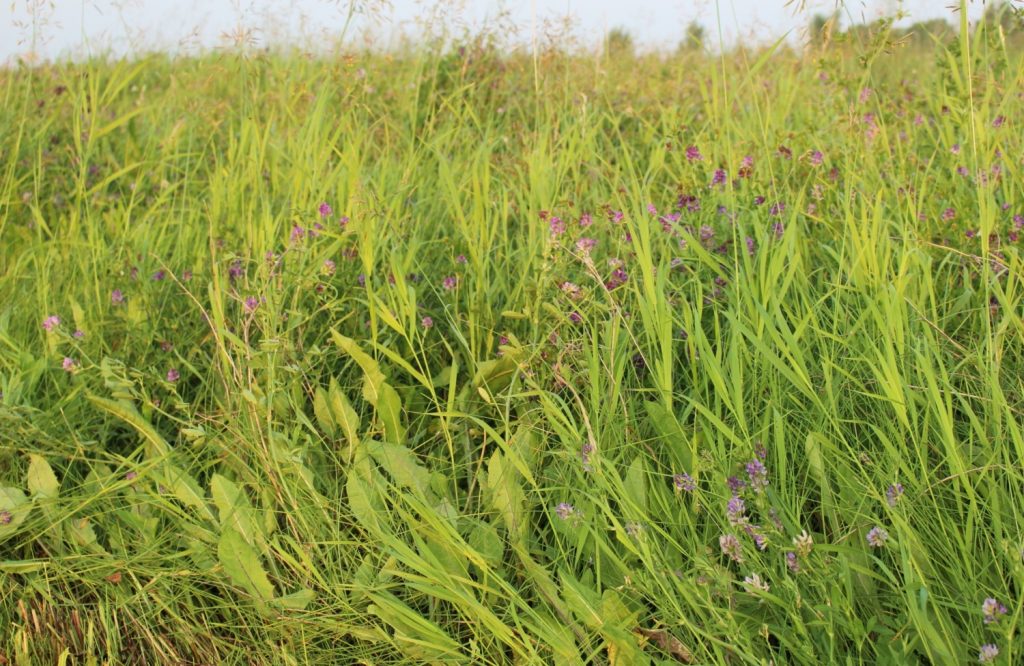
Why should you use organic fertilizers instead of synthetic ones?
Gardening is fun, but let’s not pretend it can’t be a hassle, too. If you’re looking for ways to save time, money, and labor, you may be considering replacing all of these organic fertilizers with a single synthetic one.
Allow us to tell you why you don’t want to do that.
For starters, these fertilizers are bad for pollinators. Chemical-based fertilizers influence the way bees sense flowers. Specifically, chemical-based products alter a flower’s electric field, making the flower difficult for bees to locate. This has a detrimental effect on local bee populations and crop production.
Another problem with synthetic fertilizers is that it’s easy to over-apply them, and the excess can contaminate local waterways. This leads to eutrophication, which can have devastating effects on livestock and wildlife.
Lastly, while synthetic fertilizers provide your plants with key nutrients, they don’t have any other advantages to offer. They don’t feed beneficial microbes, they don’t add structure to the soil. So, tempting as it is to cut corners when it comes to gardening, skimping on your soil mix is not the way to do it.
In fact, if there’s anything you invest your time and money in when it comes to your garden, let it be in the prep work. By making an effort to create the best soil for raised beds, you’ll be doing all you can to ensure your plants get the best start possible.
Preparing your raised beds for soil
Before filling your raised beds, you’ll need to prep them. If your beds sit directly on the ground, we highly recommend lining the bottom with galvanized hardware cloth to keep burrowing critters, like gophers, from nosing their way in. Trust us. You’ll be glad you did.
Once that’s done, you have a couple of options. You can line the bottom of your raised beds with large rocks or gravel, to promote drainage. Or, you can go straight to filling them with soil.
If you choose to line the beds with rocks, spread them out evenly along the bottom. Gravel should measure 2 to 4 inches thick. If you’re using large rocks or avers, leave an inch or so between the stones on all sides, so water can drain.
Once the rocks have been laid, you can go over them with a 1 to 3-inch layer of horticultural sand. This is optional. But the sand acts as a barrier between the rocks and the soil mix, encouraging good drainage and ensuring your soil mix doesn’t seep out of the bottom of the beds over time.
At this point, the beds are ready to go! It’s time to start mixing dirt.
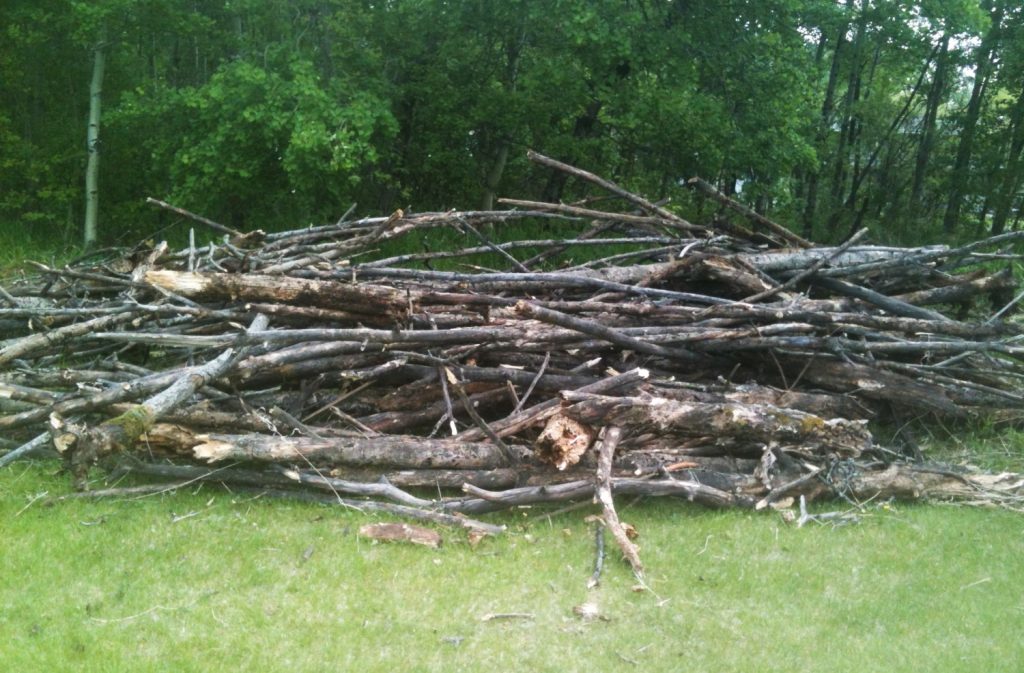
How should you mix the soil?
We’ve found that the easiest way to mix the soil is to stir the materials together with a shovel in the raised beds themselves. But you can mix the soil together in a wheelbarrow if you prefer.
Start by adding a 5-gallon bucketful of topsoil and a 5-gallon bucketful of compost. Use your hands or a spade to combine the two until the mix has a uniform texture and appearance. The soil should feel light and fluffy. Remove any debris as you find it.
Spread the soil out evenly as you add it to the beds. Tamp it down gently to remove large air pockets, but avoid compacting it too much. Remember, you want to keep it loose and airy.
Fill the beds up, leaving 4 to 8 inches between the top of the soil and the edge of the beds.
You don’t want to fill the beds all the way to the top, just in case you need to apply mulch later on in the growing season. Leaving some space between the soil and the edge of the beds also makes it easier to remove weeds, and to apply fertilizers throughout the spring and summer.
For best results, fill your garden beds up 2 weeks before planting. This gives the dirt time to settle, so you can add more before planting if you need to.
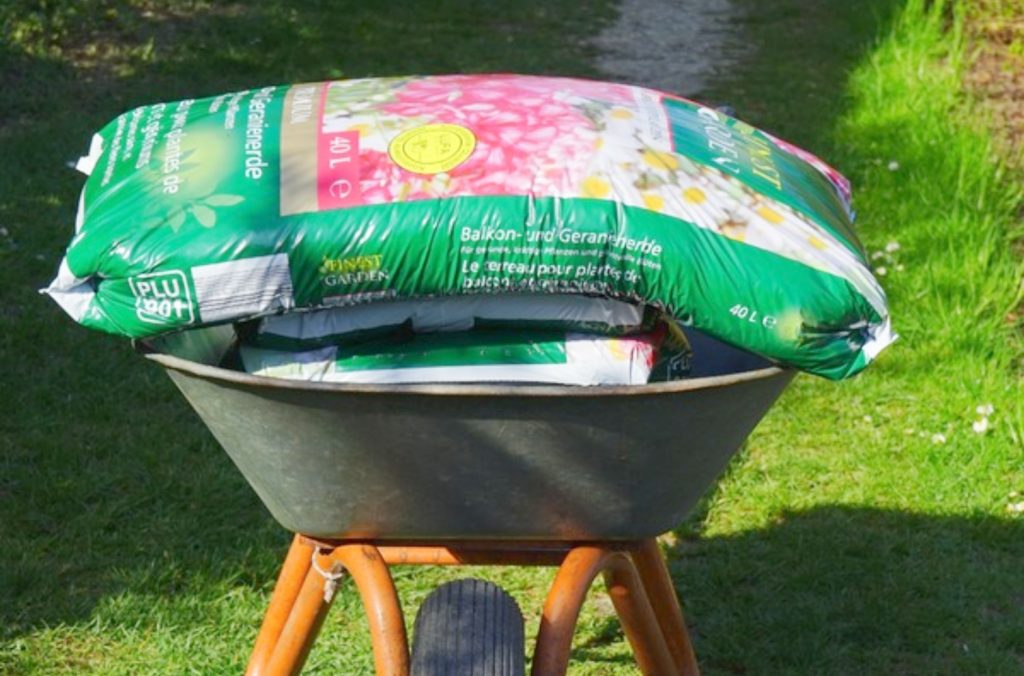
What’s the best store-bought soil mix for raised beds?
If, for whatever reason, you can’t make your own soil mix to fill your raised beds, no worries. There are some good commercial options for you to choose from. Here are our top picks for store-bought soil mixes.
Black Gold Natural and Organic Raised Bed and Potting Mix
If you plan on growing a mix of fruits, veggies, and herbs, this soil mix is a great all-purpose choice. It’s a blend of peat moss, compost, bark, and worm castings, with some nutrient-rich organic fertilizers thrown in for good measure.
This raised bed mix offers good drainage and possesses moderate moisture-retaining properties. It has a medium texture, not too silty, but not too coarse, either. It’s a great middle-of-the-road option for organic growers looking to fill their raised beds in a jiffy.
Although this mix is a great all-purpose choice, it’s a bit too low in nitrogen to support leafy green veggies. We’ve found a workaround for this, though. We just mix in a few shovelfuls of manure to raise nitrogen levels enough to encourage rapid foliage production. Works like a charm!
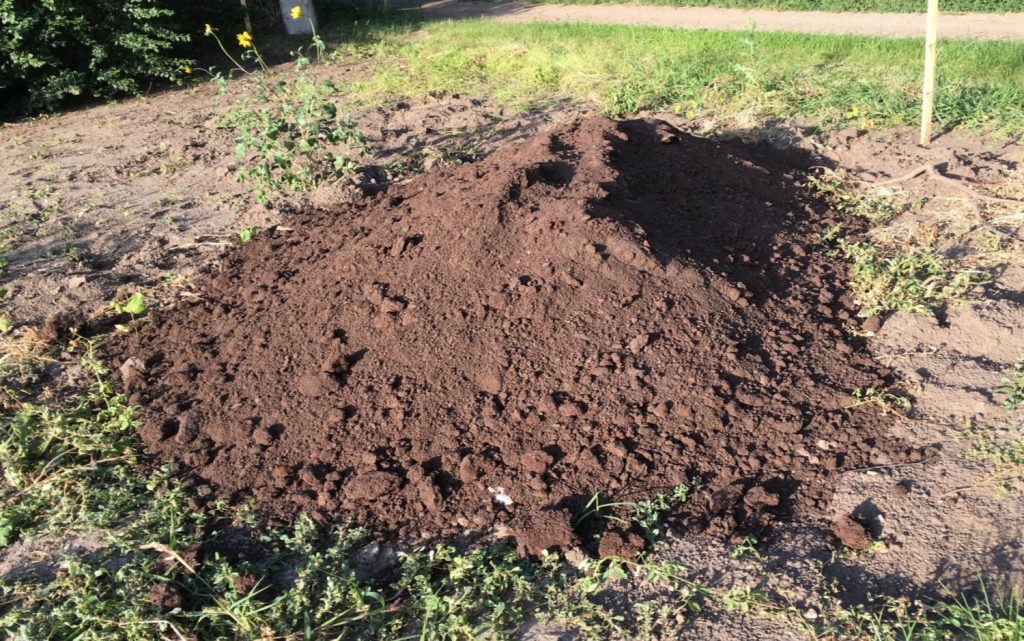
Epsoma Organic Raised Bed Mix All Natural & Organic
If you’re new to gardening and not yet confident in your ability to mix good garden soil, Epsoma’s Organic Raised Bed Mix takes all of the guesswork out of it.
This mix has been enriched with alfalfa, feather meal, and kelp meal to round out its nutritional profile. It also contains Myco-tone mycorrhizae, to promote healthy root growth so your seedlings can get established fast.
If you direct-sow seeds, this mix is fantastic. The mycorrhizae really make all the difference for the seedlings. We’ve noticed our young plants stay healthy as they mature, and are able to resist diseases and pests, like grasshoppers, much more easily.
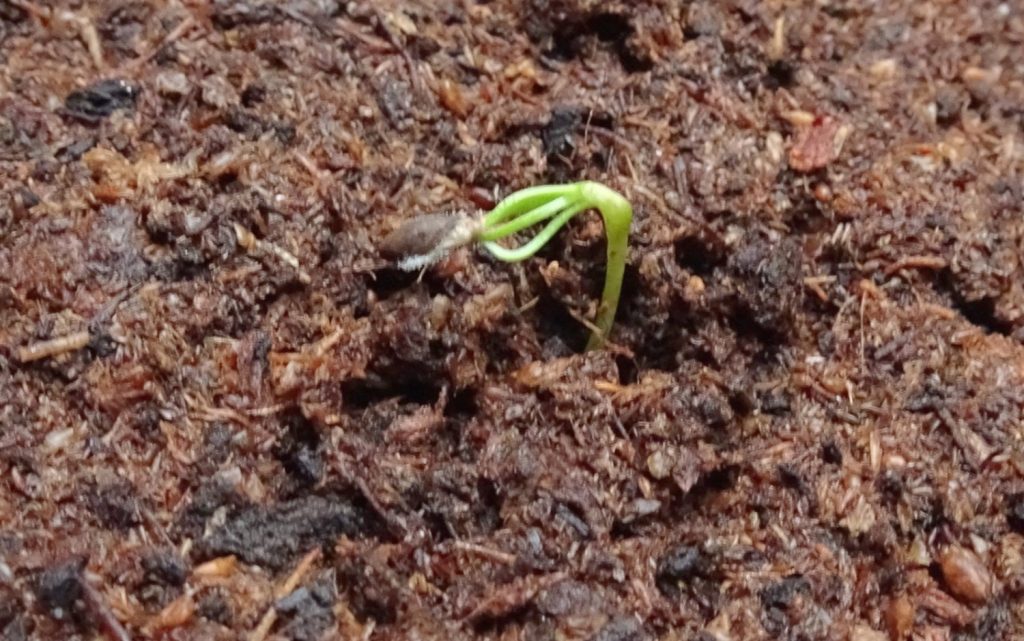
New Coast of Maine Organic Raised Bed Mix Castine Blend
This mix has a nice blend of organic materials, including greensand, biochar, crab shell meal, and mycorrhizae. It’s got a great texture, suitable for a variety of fruits and vegetables.
This soil retains an ideal amount of moisture without becoming too wet. We like this mix for starting seedlings because it stays moist longer, so young plants won’t dry out. It’s also a good choice for filling window boxes to prep for flowers.
We like this potting mix for growing herbs, especially lavender, rosemary, and sage. These herbs have low nutrient needs, so this soil blend has more than enough vitamins and minerals to offer. Most importantly, this mix offers these herbs good drainage, which is essential. This mix gives herbs a chance to dry out between waterings, to prevent the dreaded root rot.
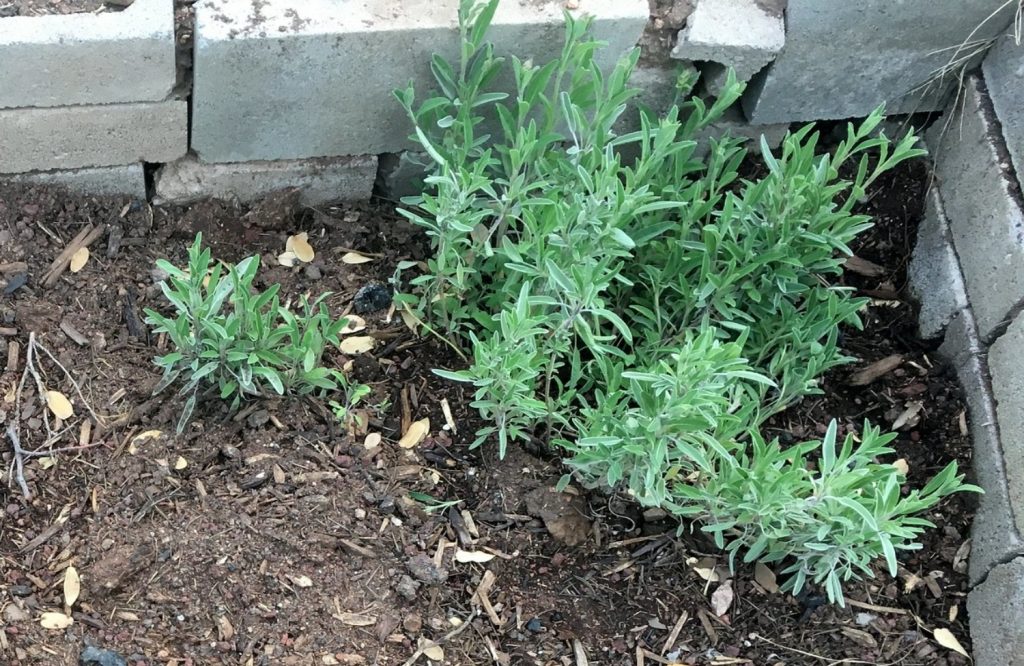
Tips for growing the best fruits and veggies possible
Using our recipe for the best soil for raised beds will get your garden off to a great start. But there are other things you can do to support healthy fruits and vegetables.
Test your soil annually to avoid overapplying fertilizers. Be sure to add organic amendments to the soil at the start of the season to replace the nutrients that were lost the previous year.
Consider companion planting, too. Growing plants near their preferred neighbors is an easy way to ward off pests, attract more pollinators, and support fruit development.
The best soil for raised beds can help you take your garden to the next level. With a little prep work, you can grow delicious veggies right in your own backyard, and enjoy the fruits of your labor at the end of the season.
